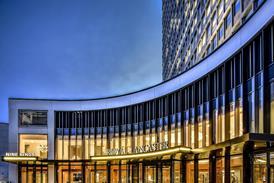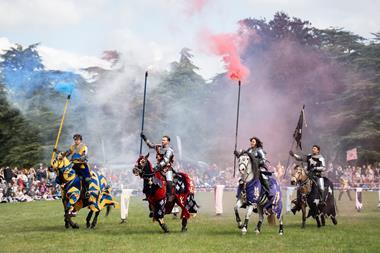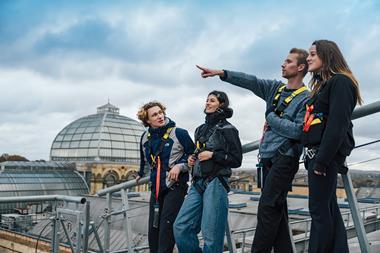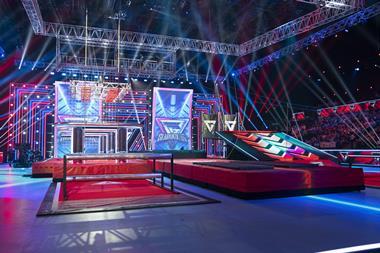Bletchley Park’s largest ever exhibition, The Intelligence Factory, will open in a newly restored wartime building at the heart of the World War Two codebreaking site in Buckinghamshire, alongside a new gallery for temporary displays.

The permanent exhibition will mark the first time in Bletchley Park’s history that visitors have been allowed to explore Block A. The Intelligence Factory tells the story of Bletchley Park at its peak, taking visitors through the site’s period of expansion to become the world’s largest intelligence factory. Visitors can explore how the potential of the intelligence organisation was unleashed in the second half of World War Two, establishing a legacy that continues to this day.
The exhibition is said to shine a spotlight on the personal stories of those who worked to keep the organisation running during World War Two. Through displays of objects, human stories, intimate portraits of the staff and “thrilling moments of interaction”, visitors can expect to immerse themselves into the history of the site’s work from 1942 to 1945, a period when its workforce rapidly increased to meet operational demands, such as tracking positions of allied and enemy vessels and handling millions of items of data.
In addition, snapshots of the present day will reveal the legacy of techniques used at Bletchley Park, from tackling organised crime to supplying intelligence to forces in the field today.
Exhibition highlights
- An interactive recreation of the Plotting Room used by naval intelligence officers to track the movements of ships, based on first-hand accounts from veterans who worked in this secretive room.
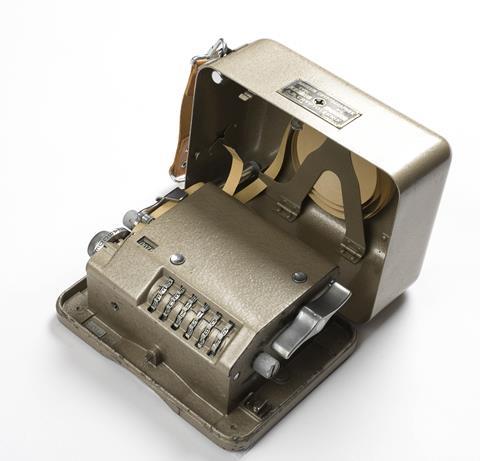
- An examination of wartime machinery, including a Hagelin C-38 cipher machine, and an original Hollerith machine of the sort employed at Bletchley Park to process data using two million punch cards every week.
- Interactive displays for visitors to experience intelligence-management techniques and the challenges faced by managers in keeping the operation afloat under wartime conditions.
- Snapshots of life at wartime Bletchley Park, including the personal stories of veterans and senior managers.
- Explorations of the parallels between Bletchley Park’s information-intensive wartime work and the digitised world of today.
- Recently discovered wartime footage captured at Whaddon Hall, the top-secret MI6 base from which intelligence was sent to allied commanders in the field.
New temporary exhibitions
Alongside The Intelligence Factory, which fills two spurs of Block A, a third spur has been adapted into a new gallery that will house a new series of temporary exhibitions.
The first of these will be The Art of Data: Making Sense of the World, running for 18 months. Taking inspiration from the techniques used by the codebreakers to manage information at scale, the exhibition will focus on how data visualisation helps us to make sense of the world today.
Analysis of MK Dons football players, a necklace that measures air pollution and a ground-breaking augmented reality Striker II fighter pilot’s helmet are among the data visualisations that will be on display.
The Intelligence Factory and The Art of Data: Making Sense of the World open on 28th April, with entry to both included with admission. For group bookings and more information visit www.bletchleypark.org.uk.



